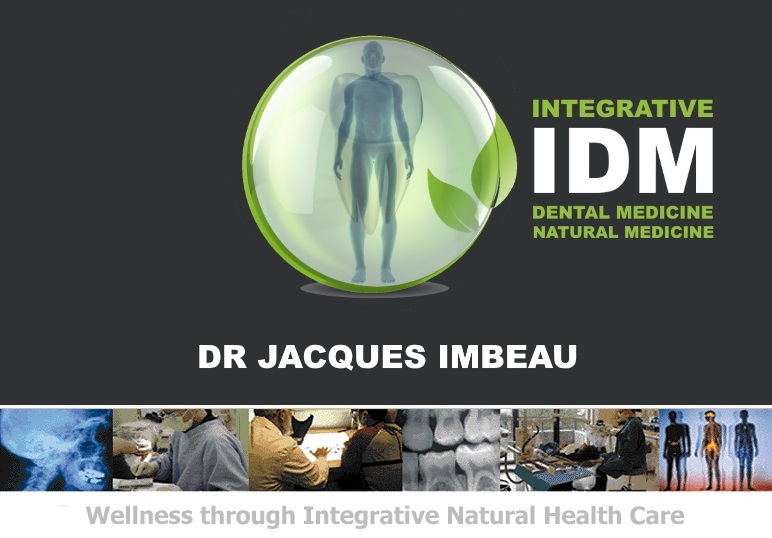Disease
Affecting Bone Density & Nutrition
|
|
Osteoporosis and
Osteonecrosis of the Jaws: An underestimated
problem with multiple ramifications.
Article published in the New
Zealand Health Charter Journal Spring 2006 /
Summer 2007
_________________________________________________
Osteonecrosis of the Jaw
E-article originally published
October 2006 on Wikipedia
________________________________________________
Introduction to
Through-transmission Alveolar Ultrasonography
(TAU) in Dental Medicine
Published April 2005 by Cranio -
The Journal of Craniomandibular Practice
--------------------------
Osteoporosis is a major New
Zealand health issue. It affects more that half
of women and nearly a third of men over the age
of 60. Oral osteoporosis is
significantly associated with the peripheral
skeleton and has been linked
with oral infections, such as gum diseases, and heart / vascular diseases. Oral infections
increase the risk of abnormal clotting which can
cause impaired blood flow leading to a wide range
of health problems. Poor blood flow in bone
tissue can impair bone repair and regeneration
through lack of oxygen and nutrients required by
bone cells ( osteoblasts ) responsible for new
bone matrix formation. Toxins such as heavy
metals
and acetaldehyde can impair bone
regeneration.
Hormonal imbalances can also play
a role in osteoporosis. Hormone replacement
therapy has been associated with an increase in
veinous clots ( thromboembolisms ) which can
certainly impair blood flow. Numerous man-made
petrochemicals in our environment have
oestrogen-like properties ( xeno-oestrogens )
that have the ability to disrupt sex hormones
receptors, thus disrupting the delicate balance
between bone formation and bone resorption.
The role of a healthy liver should
not be underestimated as the liver is responsible
for the formation of good cholesterol which is
used for the production of sex hormones
precursors. The role of a healthy gut should not
be underestimated since it is not only necessary
for nutrients absorption but also for toxic waste
elimination. A healthy liver depends on a healthy
gut.
Bisphosphonates, a class of drugs
widely used for the treatment of osteoporosis,
has been implicated in jaw
osteonecrosis. This class of drugs include
Fosamax, Actonel, Boniva, Bonefos, Didronel,
Aredia, Skelid and Zometa. Since 2001, more than
2,400 patients taking these bone medications have
reported jaw bone death. Most of these reports
came from people who took potent, intravenously
delivered versions of these drugs. Officially the
mechanism(s) involved in the association between
osteoporosis, bisphosphonates and jaw
osteonecrosis are poorly understood. However
bisphosphonates are drugs that block bone
resorption by inhibiting osteoclasts ( bone cells
that resorb bone tissue ). While this prevents
loss of mineral bone density it also prevents the
body from resorbing diseased/damaged bone tissue,
a natural process allowing bone to maintain
healthy bone density through remodelling i.e
removal of damaged bone and replacement with new
healthy bone. See Fosamax
does more harm than good.
Osteonecrosis is a bone disease
associated with blood clots in the internal
portion of bones ( bone
infarcts
) causing ischaemia. It can be found in many
bones, including the head of the femur, knee,
shoulder, hands and jaws. Osteonecrosis is
estimated to afflict 10,000 to 20,000 new
patients each year in the United States alone. In
general medicine controversy surrounds the choice
of methods of diagnosis and treatment of
osteonecrosis. In dental medicine the situation
is even more controversial and even less
understood. This in part reflects the needs for
larger clinical studies and additional basic
laboratory research.
Osteoporosis is not just an
"old people's disease". Young people
with low bone density can get osteoporosis too.
More than 3,000
New Zealanders break a hip each year.
This figure is expected to rise to 4,800
in ten years time as our population ages
About a third of
people who fracture a hip die within a
year from related complications. Another
third never return home. Many who do lose
their mobility and independence.
More women are
hospitalised with a hip fracture due to
osteoporosis than through breast cancer.
Osteoporosis is a widespread
public health problem. The costs to national
healthcare systems from osteoporosis-related
hospitalization are staggering. For example, in
several European countries, osteoporosis is
responsible for more hospital days for women over
45 than any other disease. In the next 50 years,
the number of hip fractures for both men and
women will more than double. And hip fractures
are just the tip of the iceberg.
Even so, osteoporosis was not
precisely defined as a disease until 1994. The
World Health Organization (WHO) has since
identified osteoporosis as a priority health
issue along with other major non-communicable
diseases. Still
systemic osteoporosis, including oral
osteoporosis, is frequently not diagnosed and
even less frequently treated. Ask our staff how to
prevent, detect or treat oral osteoporosisor call
for a consultation with Dr. Jacques Imbeau. An
ounce of prevention is worth a pound of cure
.....
|

